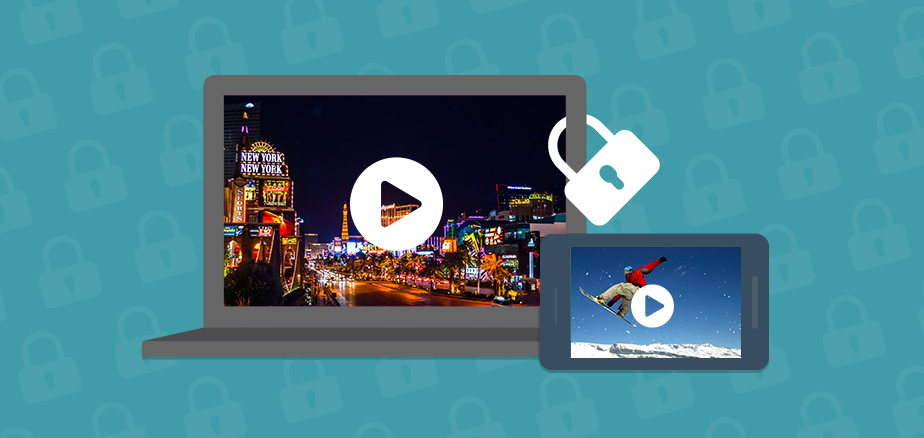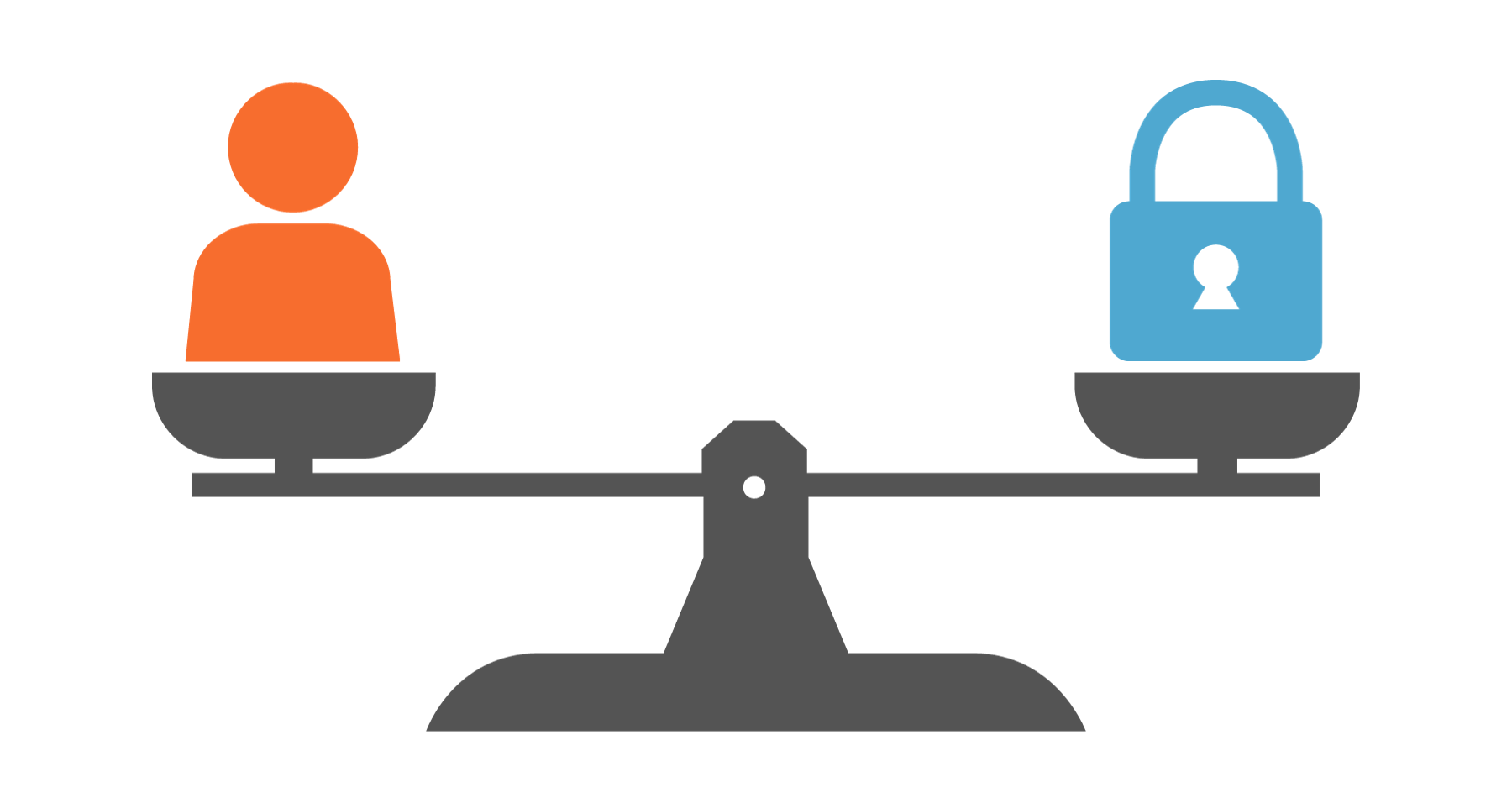Securing Your Content: DRM Or Encrypted HLS?
Media

Editor’s Note: Today’s post is a guest contribution by Dan Rayburn, EVP of StreamingMedia.com. The threat of content theft is real - it’s a danger all publishers and content distributors face. When it comes to developing a strategy to protecting your content, two of the most widely used solutions are DRM (Digital Rights Management) and Encrypted HLS. This begs the question, which solution is for you? Well, that depends on your goals. Dan breaks down when you should, and shouldn’t, be using each solution. See what Dan has to say, along with comments from Titus Bicknell, CDO & EVP, Operations at RLJ Entertainment. Titus will be speaking at Dan’s event, Streaming Media East, on May 11, and Brightcove's PLAY 2016 on May 16.
If you are in the business of delivering video via streaming or as a download, you’re certainly thinking about content protection. But how much content protection do you really need and what type of content protection works best? And more importantly, how much should you pay for it?
DRM (Digital Rights Management) and Encrypted HLS are the most commonly chosen content protection technologies used today. Both approaches have a strong track record in securing proprietary content. But there is growing interest by studios and other conventional DRM users in Encrypted HLS. So what’s driving this interest?
To start, it helps to understand how each method protects content. When you stream, the content isn’t delivered as one piece, it’s broken down into smaller bits and gets put back together when it reaches the screen. So while video content is delivered to the user’s client, it is unplayable without a decryption key. Content protected by DRM is made playable on a specific device — so that the content is encrypted and only viewable when the device receives its “unlock” code. In this manner, content can only be sent to one device per download, and therefore is not replicable.
Streamed media protected by Encrypted HLS isn’t replicable since it won’t “reassemble” well enough to be copied at a bit rate of 720p or below. (Although 720p is considered high definition, due to the nature of adaptive bit rate streaming, it is not suitable for reproduction and use elsewhere.) As long as content is not delivered over 720p, Encrypted HLS is as good as DRM.
Read the rest of Dan’s post here. (and make sure not to miss Streaming Media East this week in NYC).


